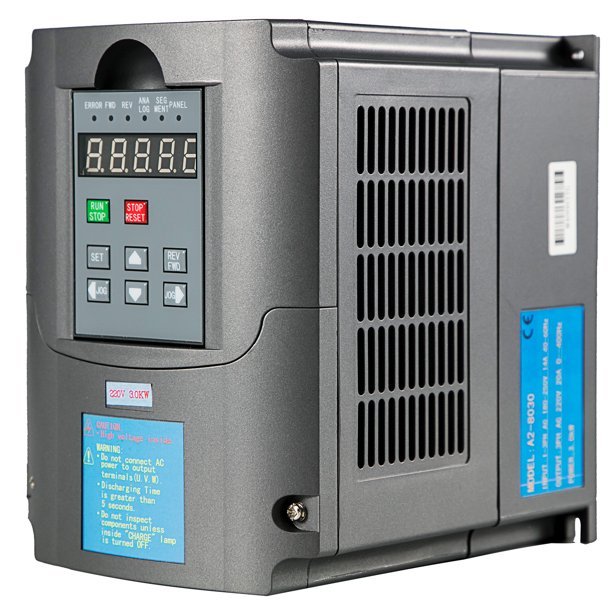
Agriculture
Part 3: Irrigation and Motors
Irrigation
Electrifying irrigation is a cost-effective, waste-reducing, and reliable method to bring water to crops. Electric irrigation can be operated with smarter control systems, such as variable rate irrigation (VRI), which uses advanced software and GPS to plan and manage irrigation efficiently.
Success in Delaware
Total irrigation kWh sales. Source: Delaware Electric Cooperative
Rural utilities can take a lead role in expanding electric irrigation. One such example is Delaware Electric Cooperative (DEC), which launched its irrigation electrification grant program in 2011. The program sought to move members away from diesel pumps and motors for irrigation. However, many of the farms are served by single-phase power, which cannot deliver enough power for most irrigation systems. While the program did extend three-phase lines to farms where possible, it was not financially feasible for others. DEC solved this problem by pairing new electric irrigation systems with variable frequency drives (VFDs). Field tests showed that the VFD systems performed well on single-phase power, so DEC expanded its grant program to cover the technology.
In the program’s first five years, DEC invested $2.5 million in electric irrigation systems and three-phase line extensions, resulting in a 375% increase in irrigation revenue. Because participants were required to participate in a load control program, the co-op lowered overall demand from irrigation systems.
Participating DEC members experienced notable benefits. One participant converted his 1,200-acre farm from diesel to electric irrigation and saw his costs drop by 30% — saving about $8,000 per year. Other participants also reported reduced maintenance costs and system downtime.
Irrigation Advacements
Remote power generation through solar and battery storage is assisting farms with in-field irrigation connections when running power or pulling out the generator is not cost-effective. Powering pumps through distributed energy systems like remote, onsite solar can help farmers achieve new efficiencies in their day-to-day operations. Electric pumps, including electric irrigation boosters, provide fuel and operational savings and long-term reliability.
Map showing what counties would benefit the most from electrified irrigation pumps. Image Credit:
Electric irrigation booster pumps are becoming increasingly common on farms as they offer significant benefits over older, liquid fuel pumps. An electric irrigation booster is a device that boosts the water pressure in an irrigation system for more efficient and effective watering of plants, crops, or grass. This helps to increase crop yield, reduce water waste, and improve the overall health and growth of plants by ensuring they receive the required amount of water. Electric pumps are quieter, more efficient, and can be powered using solar power, which can help farmers save money on their energy bills. In addition, electric pumps can be controlled remotely, which makes it easier for farmers to monitor and manage their irrigation systems.
Electric Motors
Electric motors are available for a variety of applications across farms, dairies, and ranches. When considering transitioning from fossil fuel-powered motors to electric, there are several factors to consider. These include cost, power requirements, efficiency, environmental impact, maintenance, and reliability.
As electric motors will require direct or remote connection to power or batteries, farmers will need to consider the availability of infrastructure before making the switch. Similarly, electric motors may not be suitable for all farming operations, especially those that require high power outputs. Before making the switch, the power requirements of the equipment being used must be considered.
The maintenance needs and reliability of electric motors can prove to be decisive when comparing fossil fuel motors and electric motors. Electric motors have far fewer moving parts and rely on a pure, steady state of energy to operate which generally results in less maintenance than diesel motors, which of course can improve cost and time savings. This reliability will be a significant consideration for farmers who rely heavily on their equipment for their livelihoods.
Variable Frequency Drives (VFDs)
Vevor 3kW VFD
When farms need to run power for in-field operations, VFD systems may allow users to save energy and money by better matching a motor or pump’s energy supply to their system. VFDs moderate the motor and allow for more nuance and variability. Often seen with HVAC and pumps, they are becoming increasingly common in agriculture. VFD pumps can reduce energy operating costs and extend the pump life by introducing more variability into the motor.
Automatic Livestock Feeder
It can be more than a challenge for farmers to get off the farm, or focus on other work when livestock responsibilities demand attention for feeding. Automatic feeders that rely on electric motors can significantly improve the lives of the workers and the growth of livestock. Systems that are powered with built-in solar panels can be placed and moved without regard for power infrastructure.
Automatic Milking Parlors
The use of automatic milking parlors is spreading through the dairy industry, from midsize to large operations. This technology is a co-benefit to the beneficial electrification of dairy operations and can streamline routine milking multiple times per day. Additionally, the technology can support dairy workers in tracking which animals have been milked and which ones might need to be monitored.
Funding Opportunities
The upfront costs of replacing diesel-powered irrigation systems with electric equipment might deter some farmers from making the switch. The U.S. Department of Agriculture Rural Energy Savings Program (RESP) offers no-interest loans to utilities to help farmers move to electric equipment (See the Toolkit’s Program Funding and On-Bill Financing pages for ways that utilities can help farmers bridge these gaps).
Additional Resources
USDA: Farm Energy Estimators
eXtension Farm Energy: Energy Efficient Hot Water for Farms
Washington State University Energy: Farm Energy Audit Checklist
Oklahoma State University: Comparative Energy Costs for Irrigation Pumping
Reinke: Precision Management
Absolute reports: Precision Ag report
SoCal Edison: Ag resources
Colorado Dept. of Ag: Farm Energy Efficiency Tools




